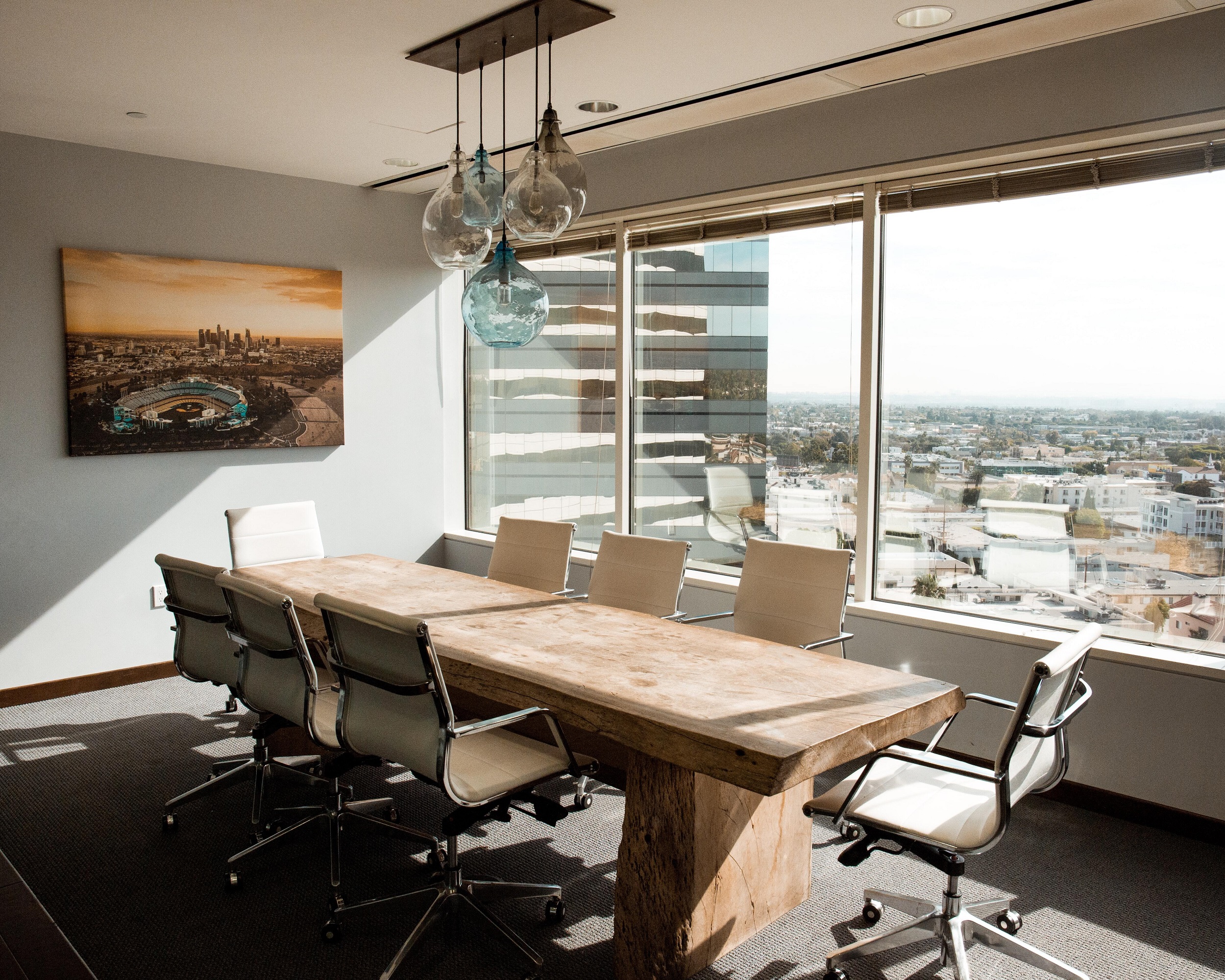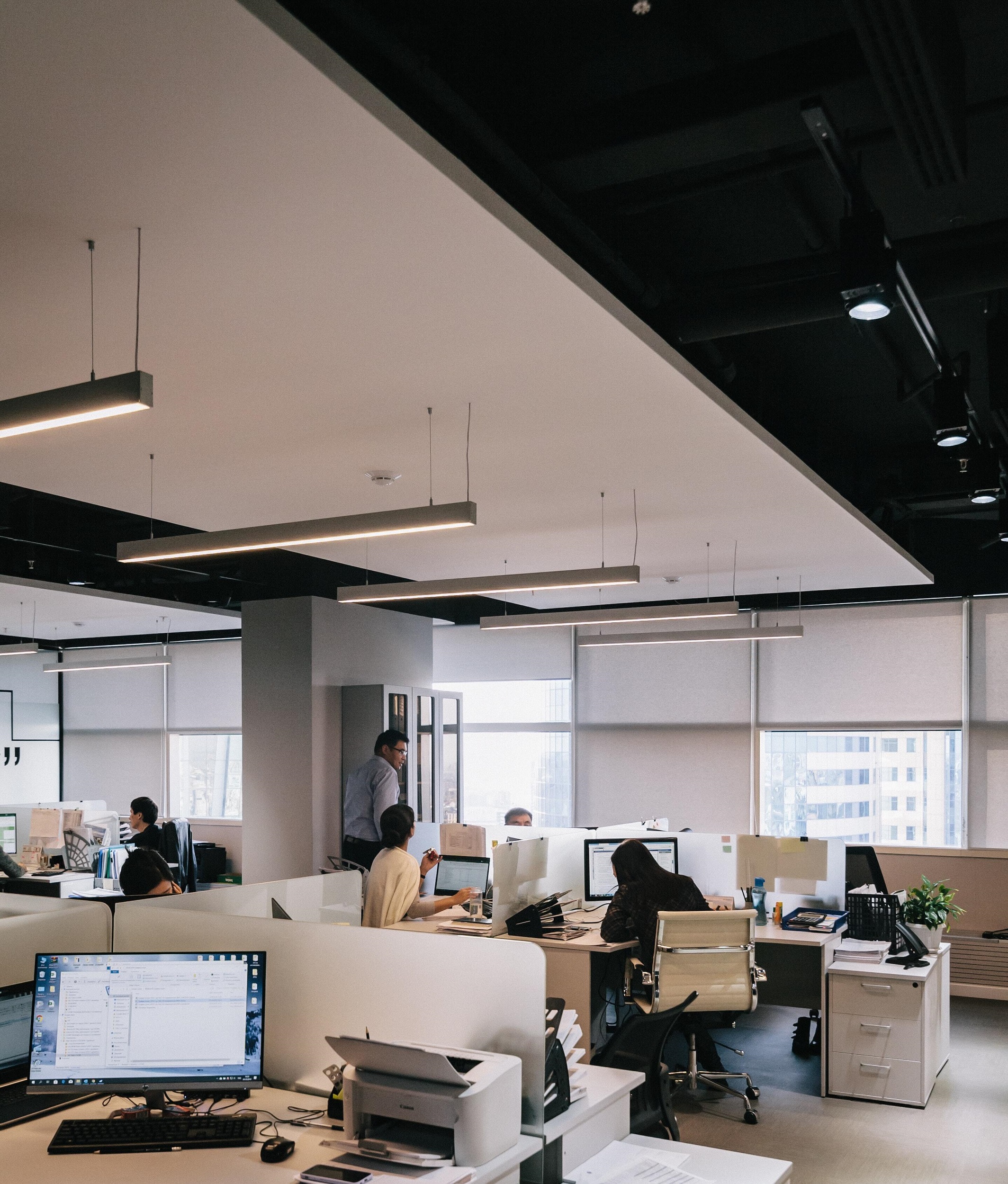The third space. Is it a lounge, a break room, an employee perk, or a combination of the them all? No matter what you call it, third spaces are a draw for employees.
What is the Third Space?
The name “third space” describes the third, of three spaces where people perform work. The first two space are home (first space) and work (second space). In third spaces, people can carry out job functions, meet and interact outside of the first two spaces.
A great example is Starbucks. For years, it has acted as a space for people to meet outside of home and work. What makes Starbucks an excellent third space though, is not just coffee (although good coffee will benefit a workplace). The experience is what draws customers there: a warm and welcoming west coast design, cabin feel, comfortable chairs, large windows, WiFi and hip patrons.
The idea of the third space is gaining traction in the workplace, as a younger workforce is demanding creativity and flexibility. Organizations are hoping that third spaces can help attract and retain talent. In addition to creative design aspects, third spaces provide functional benefits within the workplace.
Third spaces provide a place to:
- Schedule impromptu meetings.
- Relax and interact informally with co-workers.
- And work independently, for a change of view.
These features all improve productivity, employee engagement and satisfaction.
Workplace Sentiments: A Need For The Third Space
The Staples 2nd annual 2016 Workplace Index provides an overview of workplace sentiment. It includes responses from approximately 2,000 US and 1,100 Canadian, business decision makers and office workers. The Index highlights workplace trends: workers are facing longer hours, stress, and feeling tied to their desks. Workers are also looking to combat dull offices and favoring healthy workspaces that provide a change of pace. One potential solution is the third space.
More highlights from the 2016 Workplace Index are provided below:
Employee Sentiment in the Workplace
- The three most frequent terms workers used to describe their office environments are “standard”, “plain” and “dull”. This included open office layouts.
- 64 percent of respondents say their workplace has contributed to stress and 13% have taken a stress related leave of absence.
- Most respondents actually feel most productive at their office desk. Yet when it comes to being inspired the preference for the office desk goes from 65% to 36%.
- Roughly 50% of respondents eat lunch at their desk. 50% also reported sometimes feeling they can’t get up from their desk for a break.
- 3 out of 4 respondents say their employers do not give them access to the latest technology to help them do their job more efficiently.
What Are Employees Asking For?
- Designated collaboration spaces and public spaces play a bigger role for inspiration than productivity.
- Not just millennials prefer these type of third spaces – respondents found lounge areas the 4th most interesting features in an office. The first 3 were natural light, private spaces and standing desks.
- Food as part of the workplace: Even in a wellness program the number one thing that employees look for is fresh foods. This was valued more than having a gym onsite.
- 83% of respondents feel that having a well-stocked break room leads to happier employees.
- 80% said they feel more productive after a break.
Multiple Uses: The Break Room Reimagined
Employee productivity can actually be positively impacted by taking a break, according to the results of the 2016 Workplace Index. Productivity science backs up this finding, as the brain is a muscle that needs rest. A welcoming and unique third place provides an opportunity to celebrate these performance enhancing breaks throughout the day.
Design for Function and Flexibility
To create a unique third space, design is crucial. Comfortable, inviting and contemporary furniture all play important roles. Functional aspects such as connectivity should also be considered (for ex. outlets for laptops).
Features like standing desks can be perfect in offices where it’s not possible to provide them to all employees. Flexible workspace items, like standing desks in a third space, give employees more choice in how they choose to work.
Managing the Needs of a Diverse Workforce
Employees still feel most productive at their desks, but are less inspired there. Millennials though, are looking for a change from the traditional office and desk. Companies have begun to favor the lack of a specified desks through agile programs, open offices and increased worker mobility. For Facility Management, meeting the needs of a diverse workforce is certainly a challenge. The third space can offer a silver bullet.
The Silver Bullet
Like Starbucks, your third space should provide multiple uses. Some workers need to be in the office to feel productive but aren’t inspired by their desk or “dull” surroundings. In that case a third space provides balance between inspiration and productivity.
For Millennials, a chance to get out of the typical workspace and into a flexible third space offers the change that they desire. On the flip side, those that are distracted by a noisy open office can step into a quieter and mood lit third space as a retreat.
The third space won’t solve all your problems, but it can help boost productivity and meet the needs of a multi-generation and diverse workforce. By providing functional benefits in flexible layouts, third spaces provide a valuable tool. For Facility Managers, third spaces offer a rare feature: something that everyone can enjoy.





